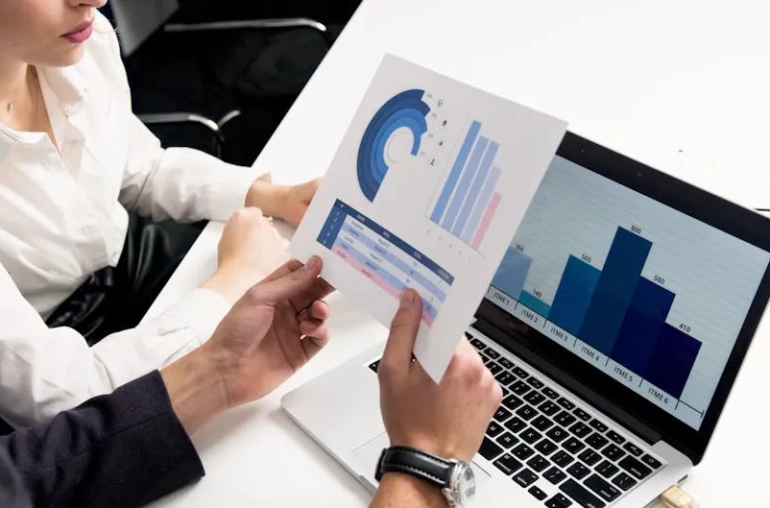
The Quest for True Autonomy in Robotics
As we navigate the rapidly evolving landscape of technology, the concept of autonomy in machines has become a focal point of discussion. While teleoperated robots may give the appearance of being independent, they often rely heavily on human operators. This dependence raises critical questions about ownership and control in our increasingly automated world.
Understanding Teleoperation
At first glance, teleoperated robots seem like a marvel of modern engineering. They can perform tasks remotely, allowing for greater flexibility and efficiency in various industries. However, the reality is that these machines are not truly autonomous. They require constant human input and oversight, which limits their effectiveness and the extent to which we can claim them as our own.
The Illusion of Autonomy
Many businesses have embraced teleoperated robots under the guise of autonomy. This approach can create an illusion of independence, where users believe they have control over the machines. In reality, the need for human intervention often results in bottlenecks and inefficiencies.
Moving Towards True Autonomy
To achieve genuine autonomy in machines, several key factors must be addressed:
- Local Processing: For machines to operate independently, they must be equipped with the capability to process data locally. This means that decisions can be made on the spot, without the need for constant communication with a human controller.
- Encrypted Data Ownership: As we entrust machines with more responsibilities, ensuring that data is securely owned and encrypted becomes paramount. This protects sensitive information and reinforces our control over the machines we utilize.
- Independence: True autonomy means that machines must be able to operate without human intervention. This requires advancements in artificial intelligence and machine learning, enabling them to learn from their environments and make decisions accordingly.
The Importance of True Autonomy
Achieving true autonomy is not just a matter of technological advancement; it also has implications for ownership and accountability. When machines can operate independently, we can redefine our relationship with them. This independence can lead to improved productivity, reduced costs, and a more seamless integration of technology into our daily lives.
The Future of Robotics
As we continue to innovate and develop more advanced robotic systems, the journey towards true autonomy will require collaboration across various fields, from engineering to ethics. By focusing on local data processing, secure ownership, and independence, we can create machines that not only belong to us but also enhance our capabilities and enrich our lives.
In conclusion, while teleoperated robots may serve a purpose in the current landscape, the future lies in achieving true autonomy. By striving for genuine independence in machines, we can unlock their full potential and redefine what it means to own and operate technology.



